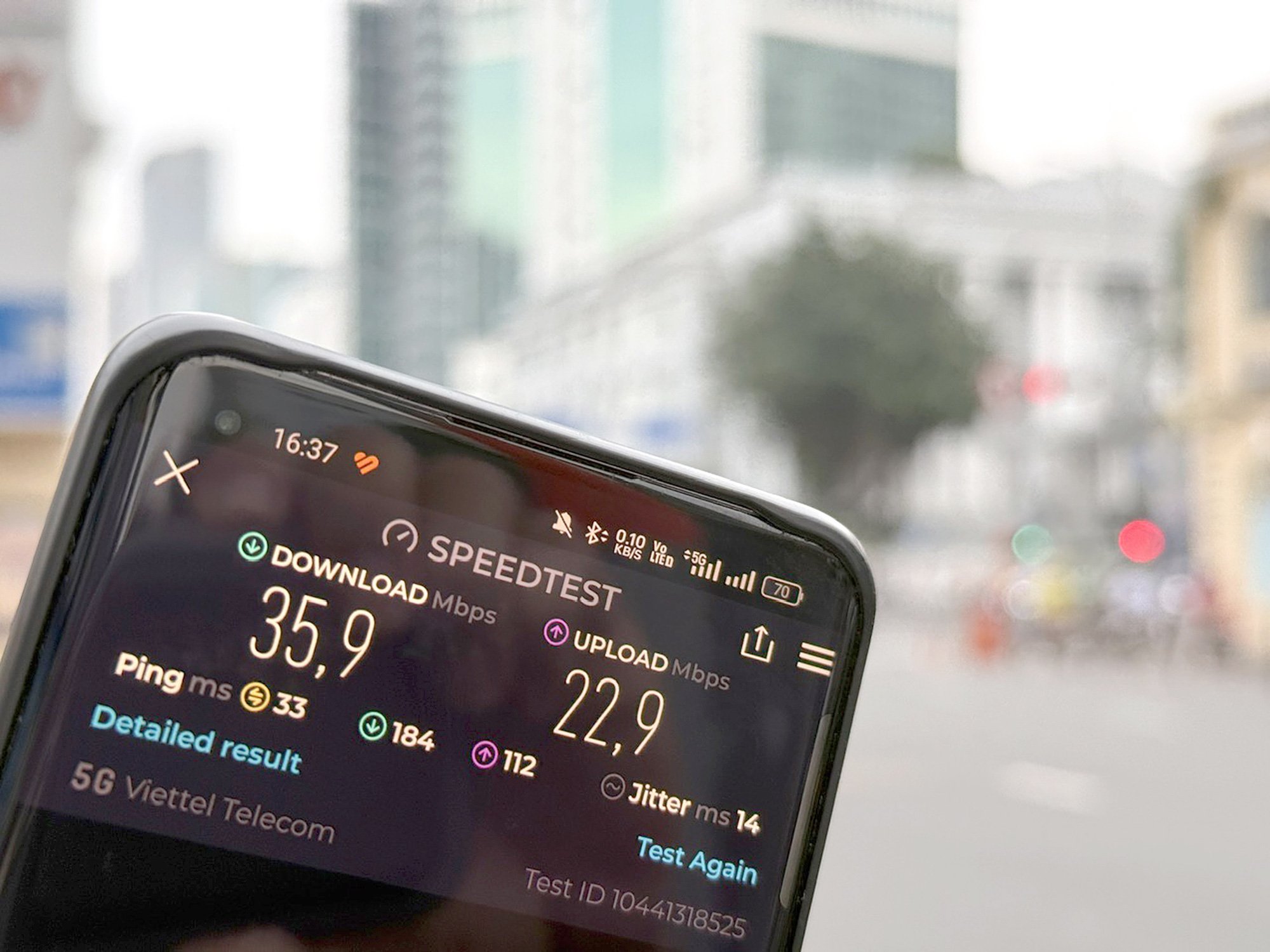
There are times and places where 5G speed is very low, only about 36 Mbps. In the photo: recorded by Tuoi Tre on the afternoon of October 15 - Photo: DUC THIEN
At around 7:00 p.m. on October 16, when testing the 5G network on Phan Xich Long Street (Phu Nhuan District), we were surprised to record a 5G network speed of just over 52 Mbps for download and over 38 Mbps for upload, a speed comparable to the average speed of current 4G services.
At its peak, it was no different than 4G
Previously, at the Viettel network's 5G service experience point at the Viettel Complex building (District 10, Ho Chi Minh City) on the morning of October 15, after many 5G speed tests, the best result recorded by Tuoi Tre was 779 Mbps for download and 58 Mbps for upload, with a latency of 20 ms.
This is an impressive speed for many people who have had the opportunity to experience it at the above location. However, by the afternoon of the same day, the 5G speed recorded by Tuoi Tre in the area in front of the Caravelle Hotel (District 1) was only 101 Mbps for download and nearly 14 Mbps for upload.
The most surprising low was at the intersection of Le Duan and Dinh Tien Hoang - Ton Duc Thang (District 1). The 5G speed dropped to just under 36 Mbps download and nearly 23 Mbps upload. This is a speed level that is even worse than the current 4G network.
Previously, on the morning of October 14, in the Phan Xich Long street area (Phu Nhuan district), the best recorded 5G speed of Viettel network was more than 360 Mbps, but the latency was up to 28 ms.
However, in the afternoon, on Tran Khac Chan Street (Phu Nhuan District), 5G speed only fluctuated between 125 - 250 Mbps, with a latency of about 29 ms.
In some other areas, Tuoi Tre reporters also recorded different 5G speeds such as 280 Mbps at the University of Medicine and Pharmacy Hospital (District 5), 250 Mbps at Nguyen Hue Street (District 1), etc.
These results were all performed with Viettel's 5G network, on the same smartphone device, with the same SpeedTest measurement software from Ookla. Meanwhile, according to Viettel's announcement at the launch event of the first commercial 5G service (October 15), Viettel's 5G network can reach speeds of 700 Mbps - 1 Gbps, 10 times faster than 4G and low latency of almost 0.
Talking to Tuoi Tre, many users said that 5G speed is sometimes equal to or worse than 4G network. In many areas, many users reported that their phones receive 5G signal well but when measuring the speed, it is "no different" from 4G, even worse than 4G speed.
"The network advertises 5G speed as superior, 10 times faster than 4G, but when I tested it in reality, I found no difference, sometimes even worse than 4G. Is 5G as advertised by the network?" - Mr. Hong Phong (Thu Duc City), skeptical.
Due to poor coverage, user overload...?
Speaking with Tuoi Tre on the evening of October 16, Mr. Le Nguyen Dan, head of warranty and system software department of Honor VN phone company, said that there are many reasons why 5G speed fluctuates in different places as reported by Tuoi Tre newspaper.
Firstly, due to poor coverage, if the user is in an area with weak 5G signal such as inside a high-rise building, underground or far from the transmission station, the connection quality will be significantly affected. Secondly, there is user overload.
Specifically, at peak times, the number of people accessing the network increases dramatically, causing bandwidth to be shared, reducing network speed.
"This will be even more serious when 5G is officially commercialized, due to the explosive demand at the beginning," Mr. Dan said, adding that there are also some possible technical reasons because the operating system or software version on the old user's phone may not support the 5G network well, causing a decline in performance.
It could also be due to the network settings on the user's device or from the network operator not being adjusted to take full advantage of 5G's efficiency... According to telecommunications experts, the above-mentioned fluctuations in connection speed are entirely possible with any network infrastructure deployed in the early days.
When the number of base stations is still very sparse, some users will be at the edge of the coverage area, leading to low speeds. The sudden increase in new users wanting to experience also leads to low connection speeds…
"Network operators need time to expand and improve network infrastructure, ensure the ability to meet the increasing number of 5G users, and expand coverage," said a representative of a network operator (who requested not to be named).
More than 243,000 2G subscribers have their connections cut off.
According to the Department of Telecommunications (Ministry of Information and Communications), since 0:00 on October 16, 243,567 mobile subscribers using 2G phones have had their two-way services stopped. According to the roadmap, 2G waves will stop transmitting from 0:00 on October 16 throughout Vietnam (except for the Hoang Sa and Truong Sa archipelagos and the DK platform).
After this time, all 2G Only subscribers will no longer be able to make calls or send messages. Previously, network operators have implemented many measures to convert active 2G Only subscribers to 4G subscribers. Network operators have prepared a number of 4G phones to support the replacement of phones (100% cost support) for their 2G Only subscribers.
Some mobile companies also have policies to support giving away phones without registering for a package for poor and near-poor households, subscribers in remote, isolated and disadvantaged areas to switch to 4G phones. Many phone manufacturers and retail systems are also actively participating with many preferential policies for 2G Only phone users.
In particular, the network operators said they will continue to maintain the policy of giving away 1 4G phone to 2G Only subscribers who switch, applicable until December 31, 2024.
Source: https://tuoitre.vn/toc-do-5g-phap-phu-nguoi-dung-hoai-nghi-5g-hay-4g-cung-chi-la-nhung-con-so-20241017073153462.htm







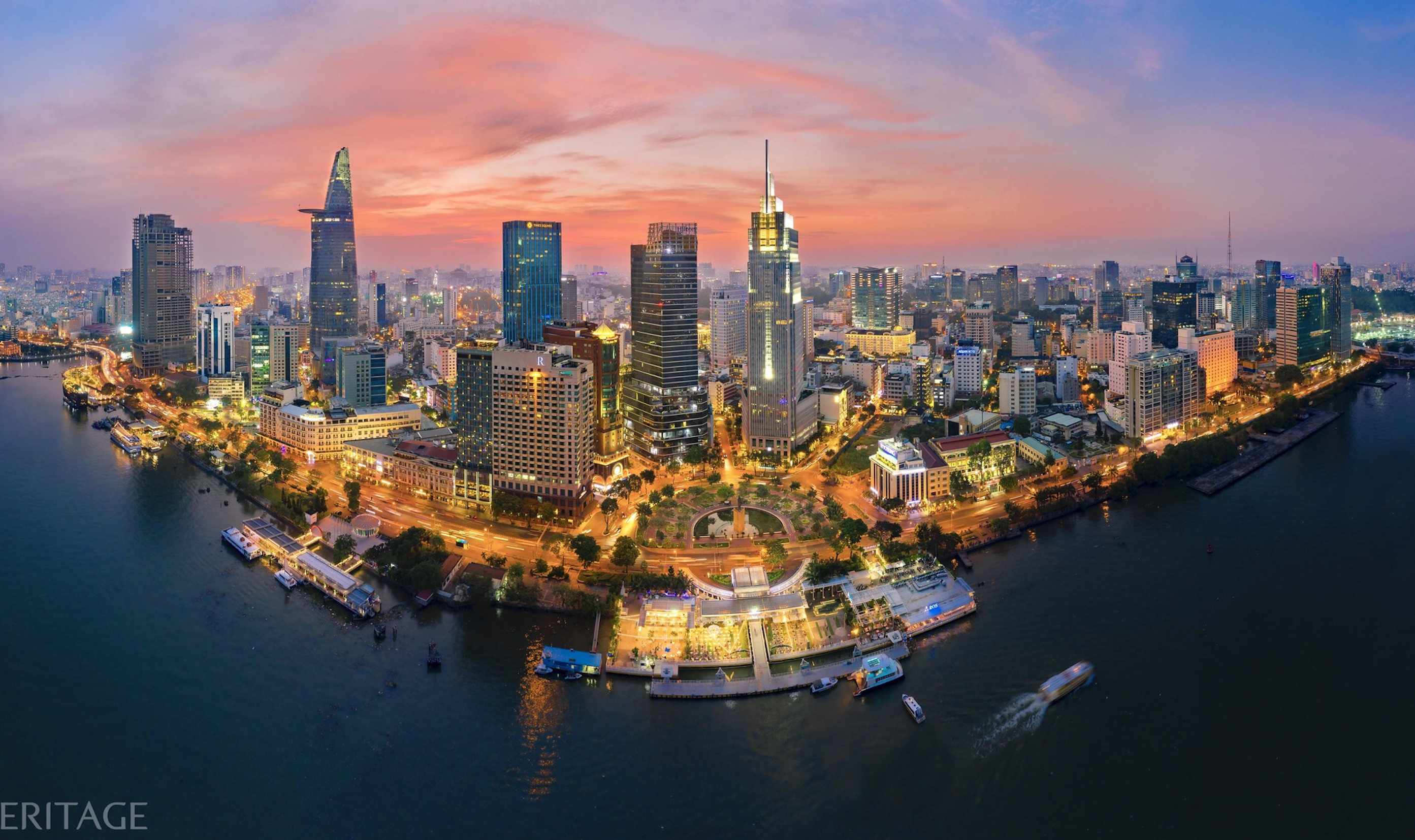
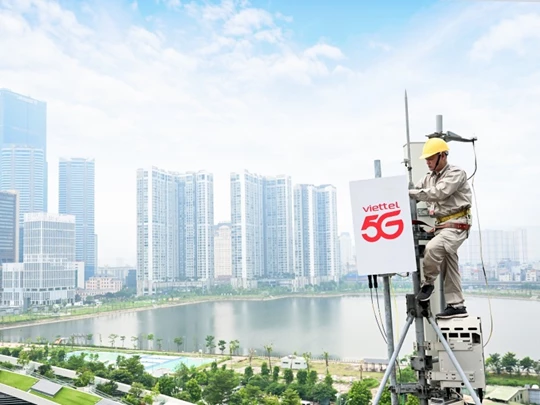







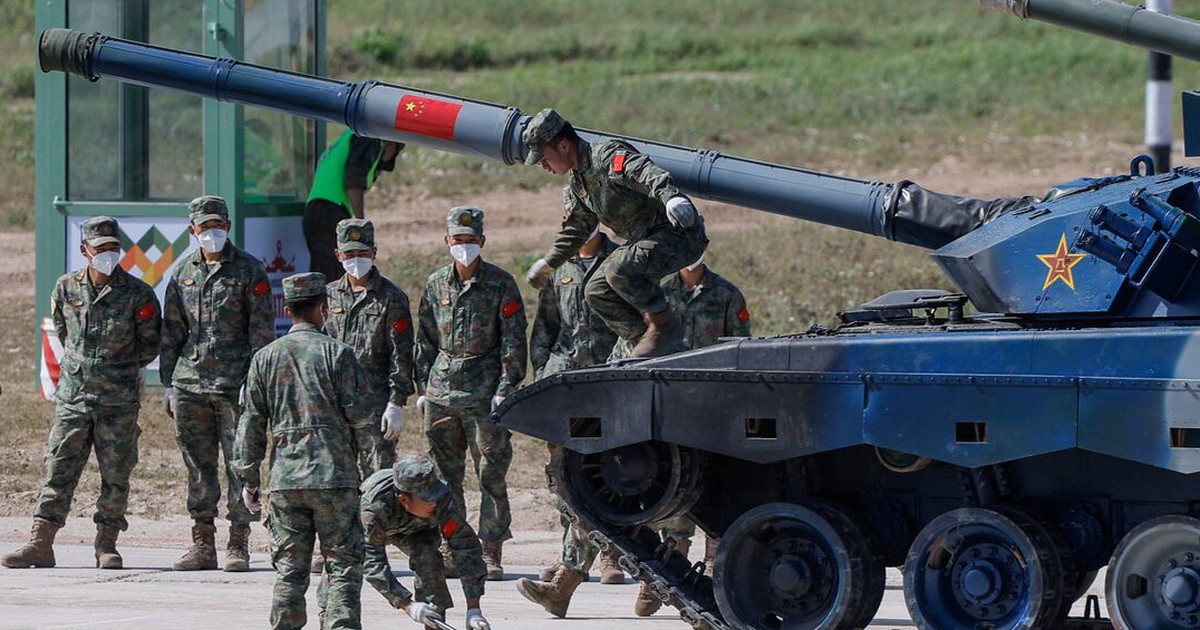

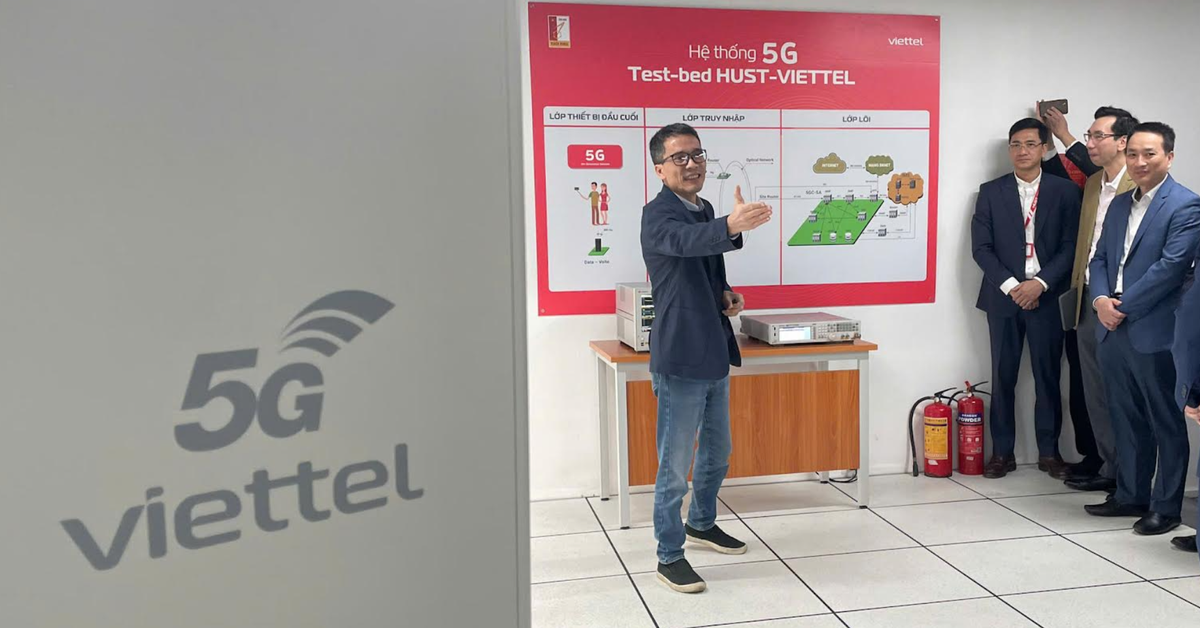
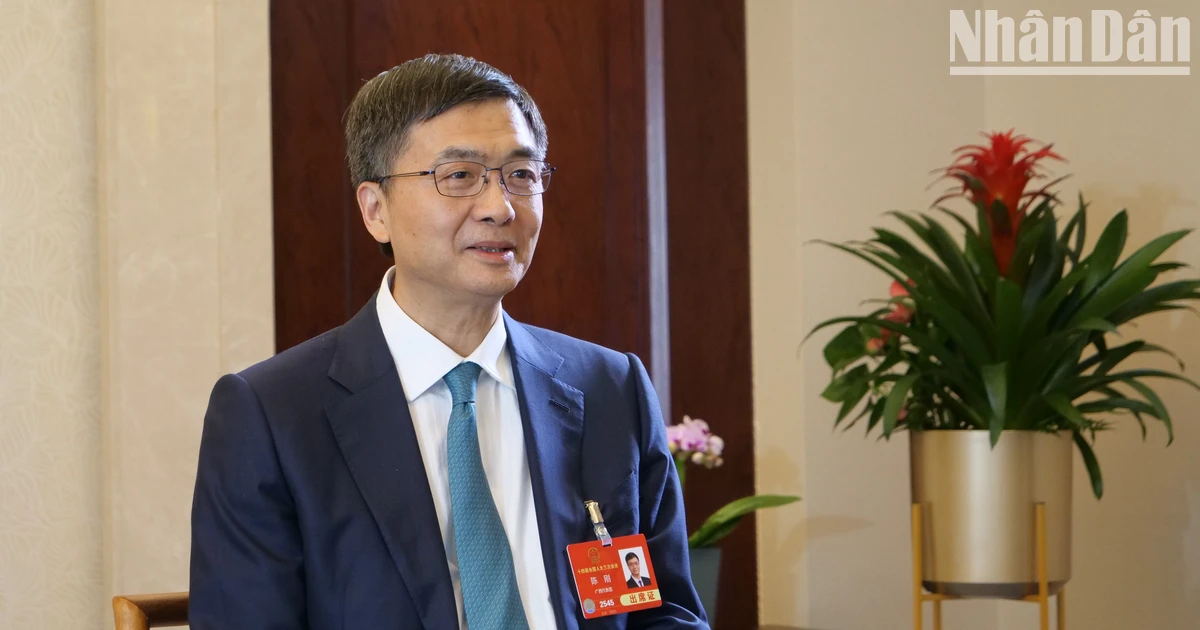






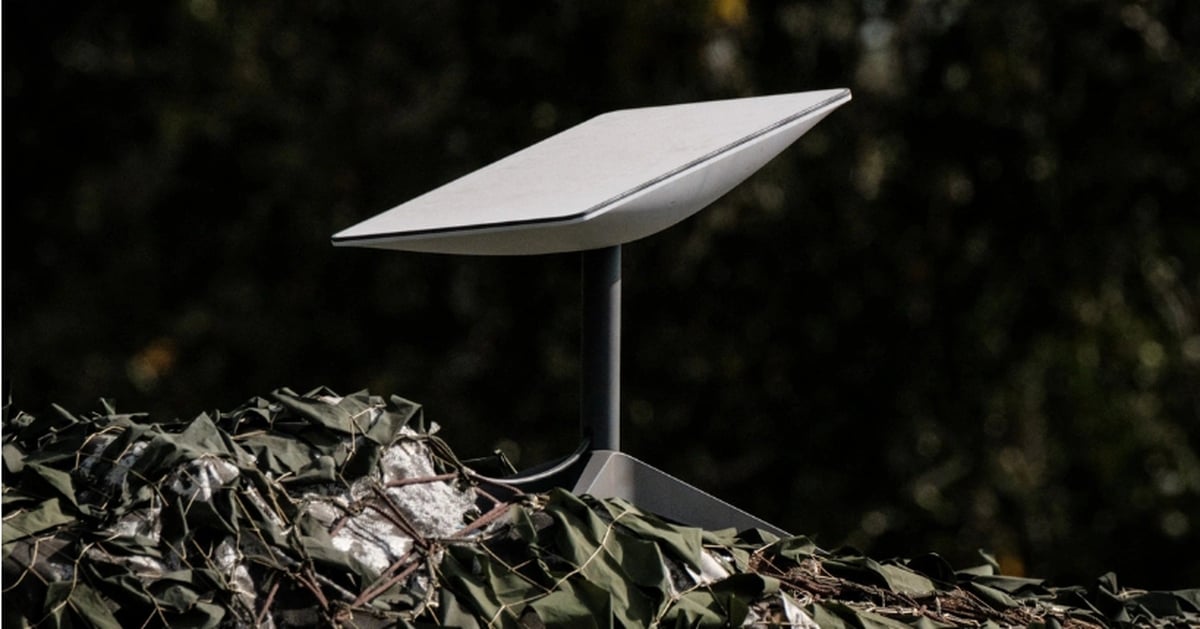


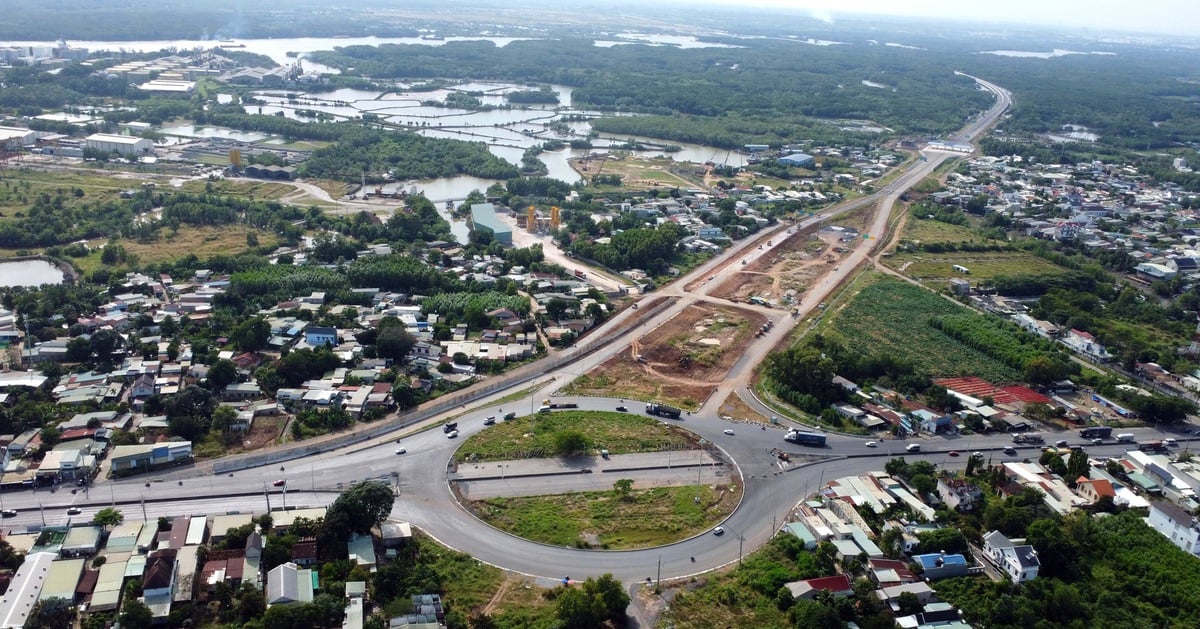


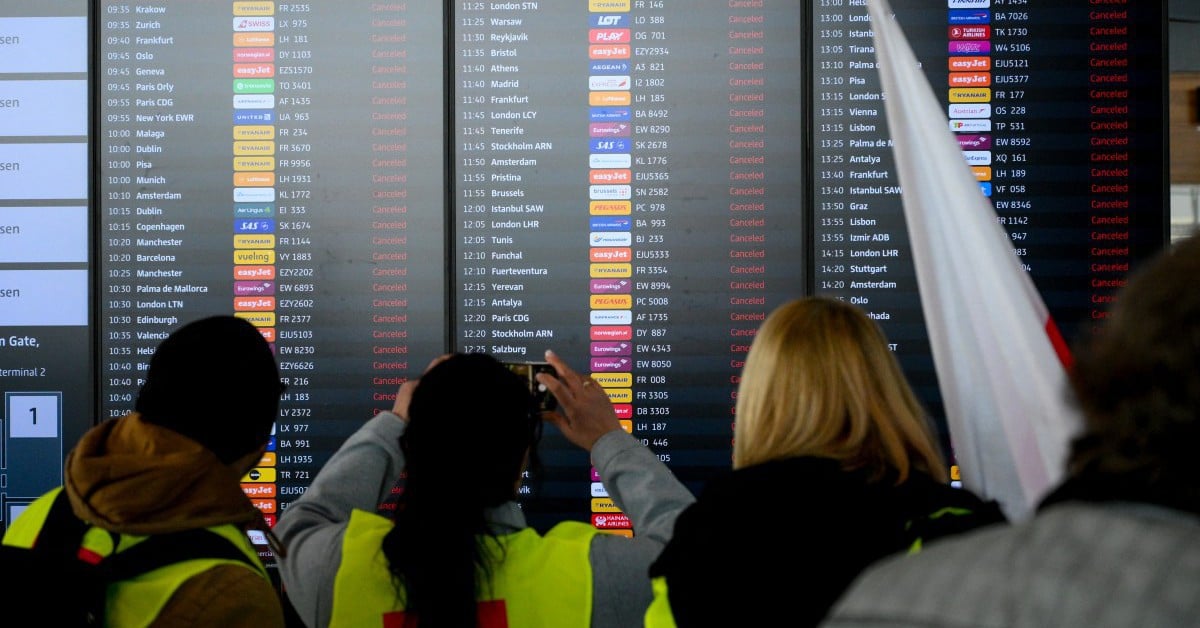
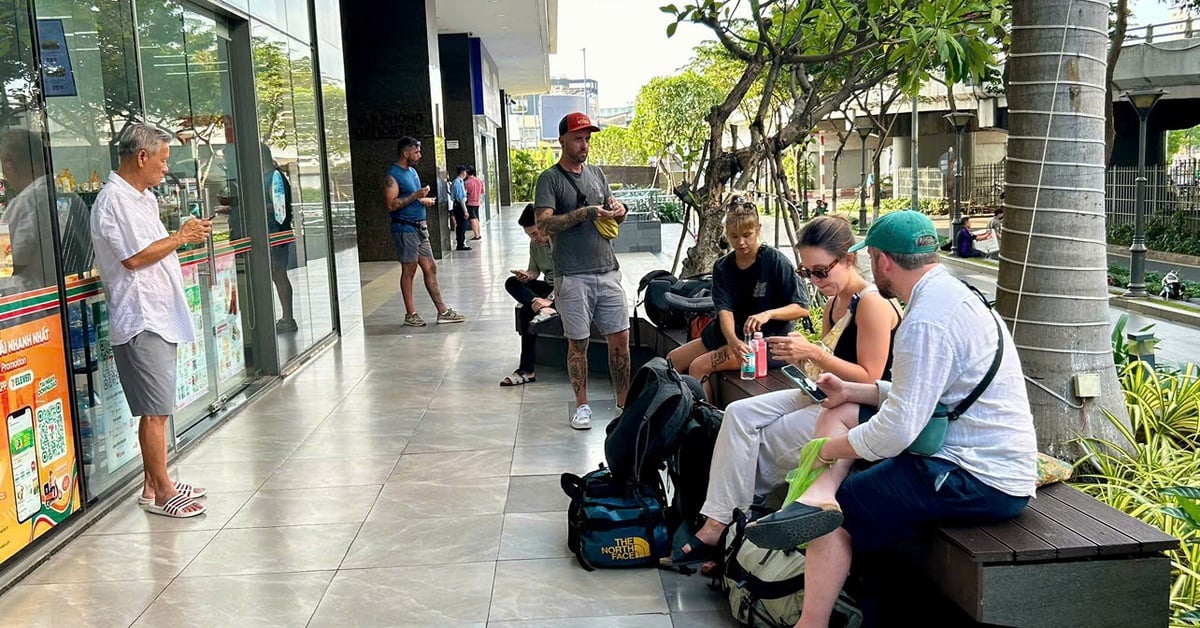
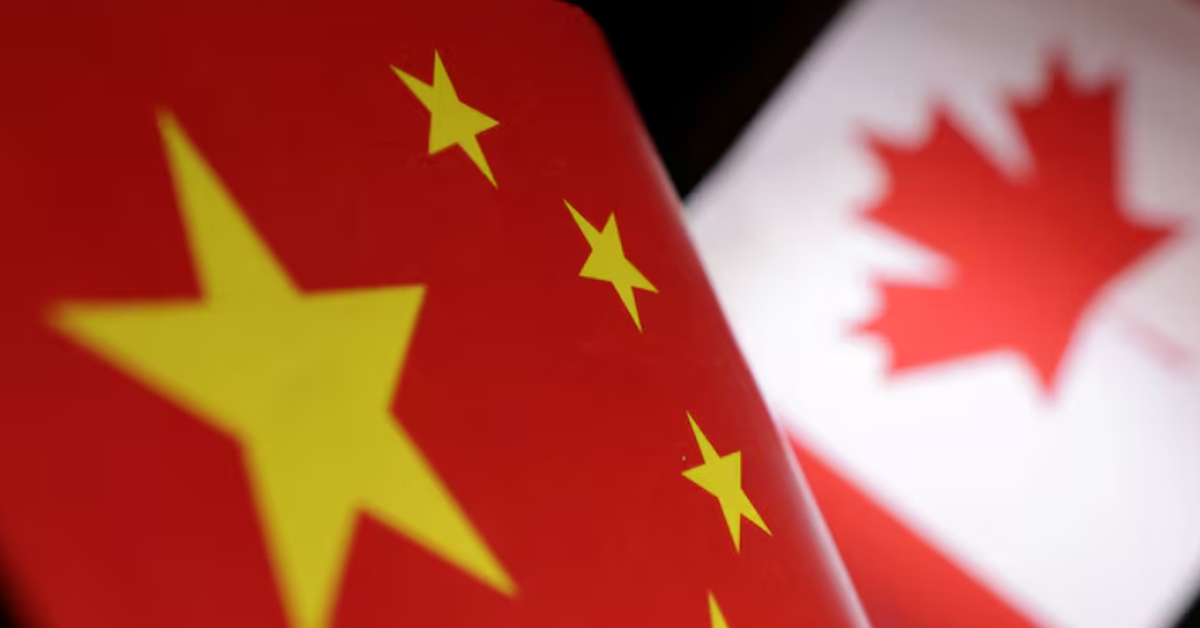






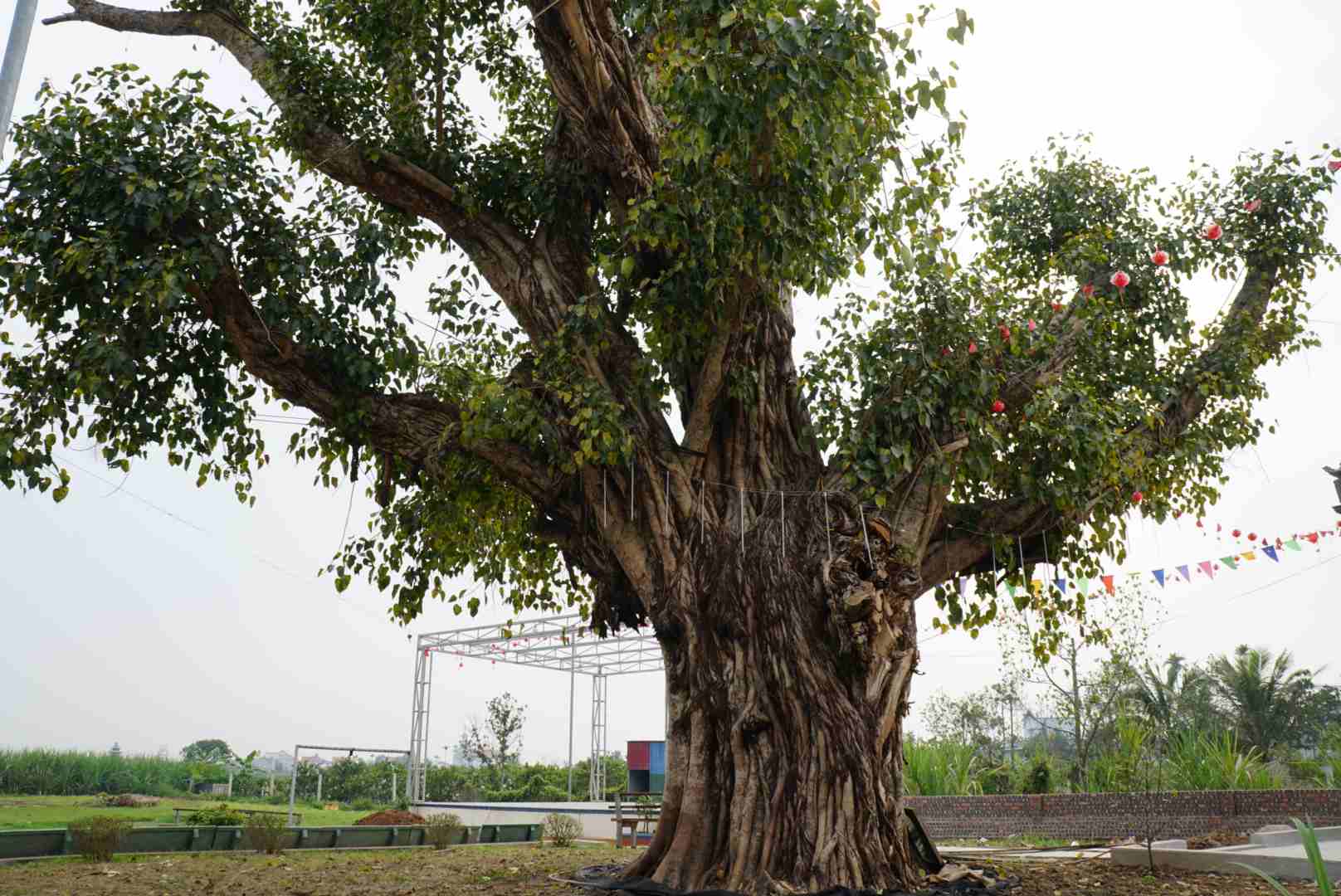






















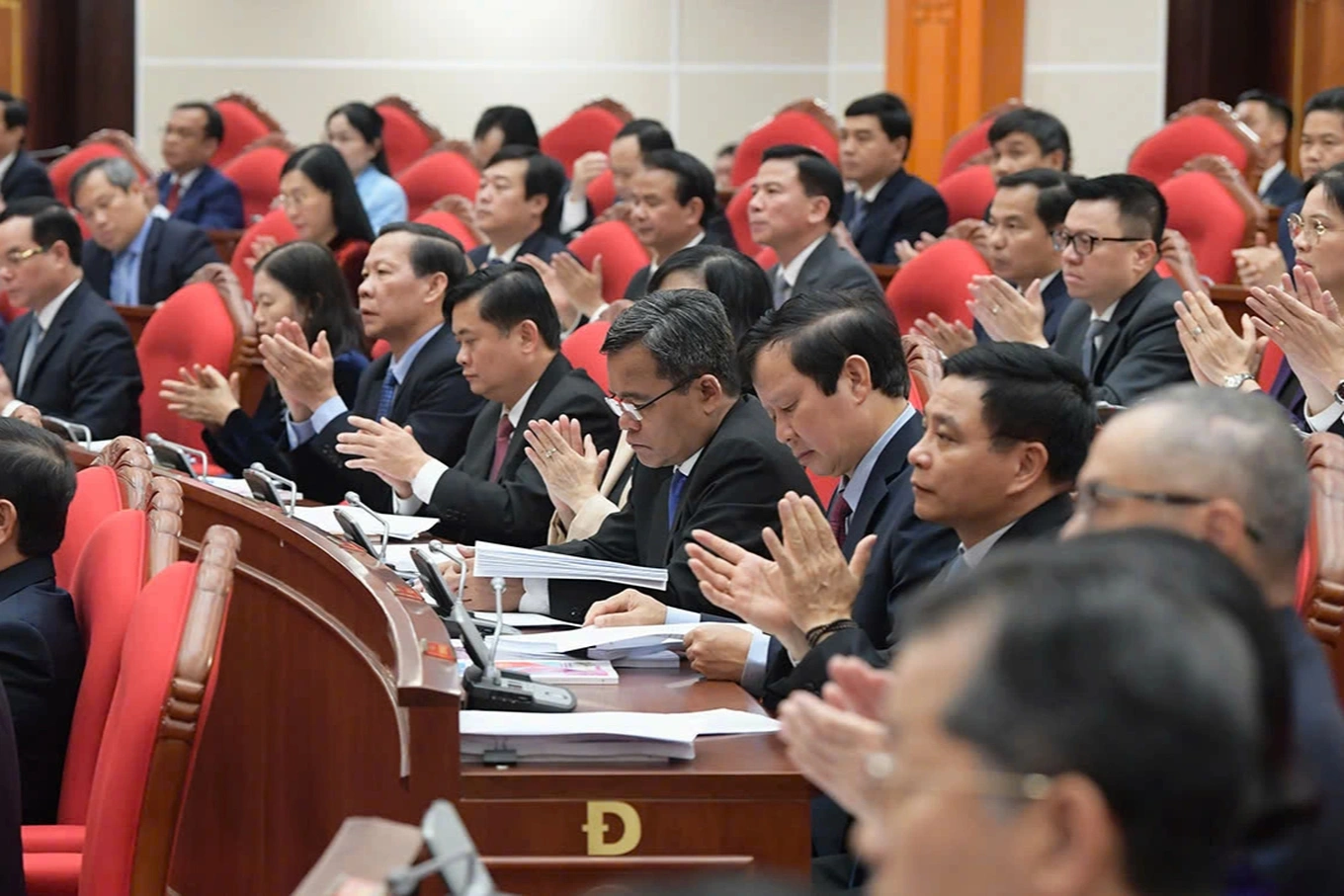

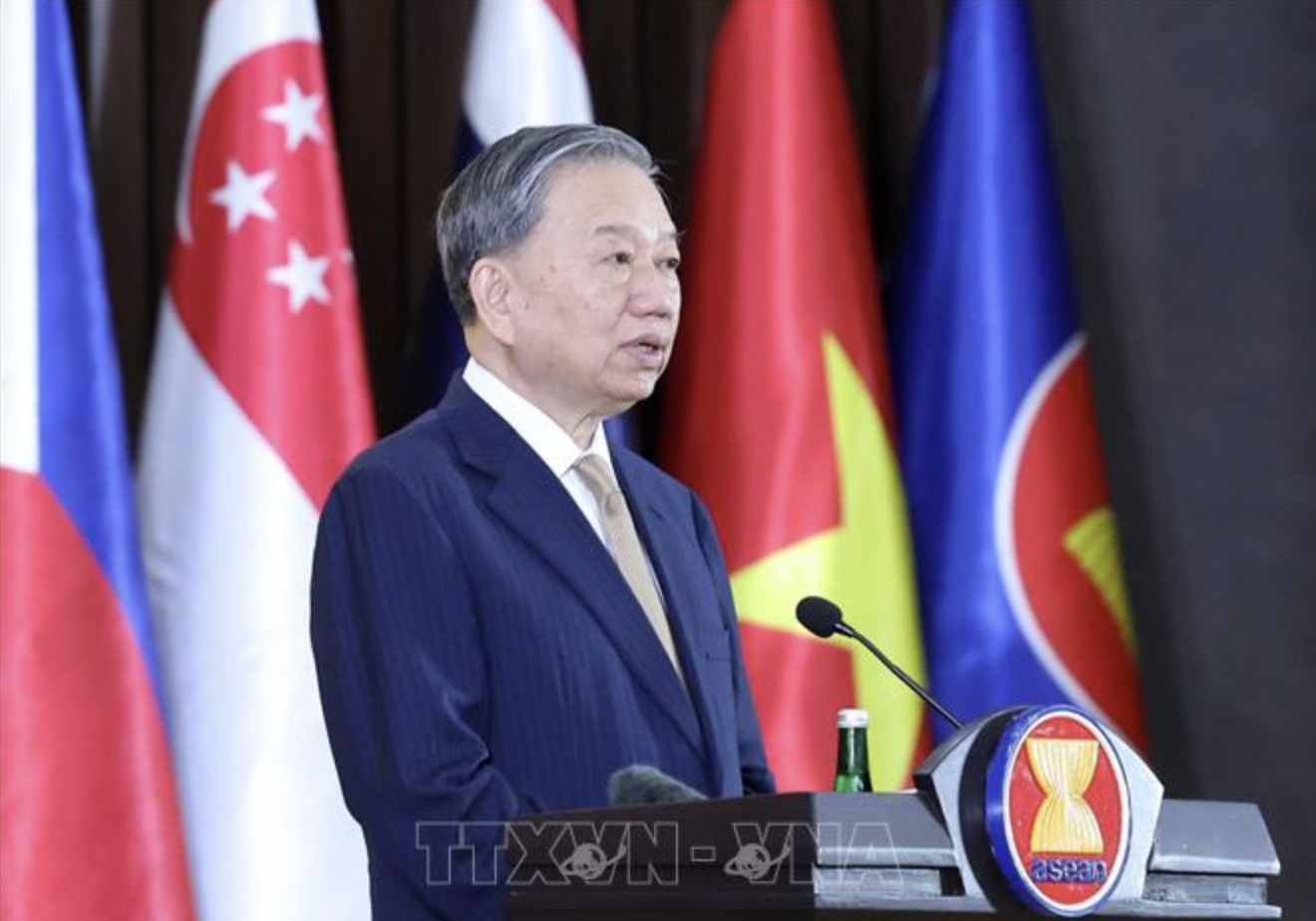



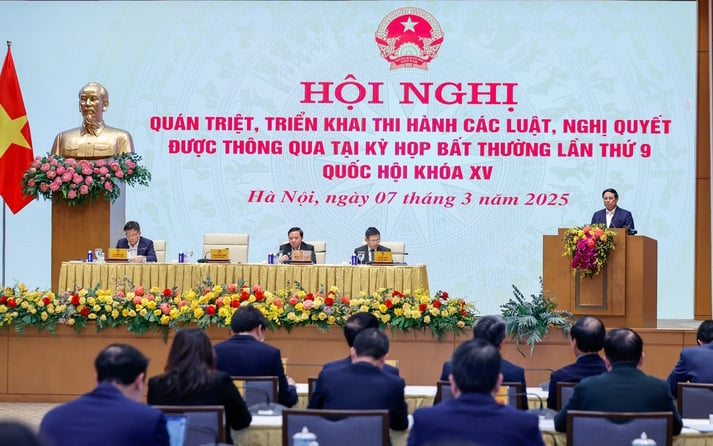


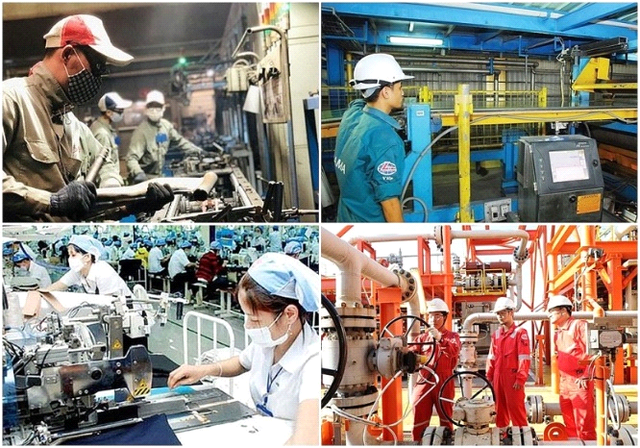




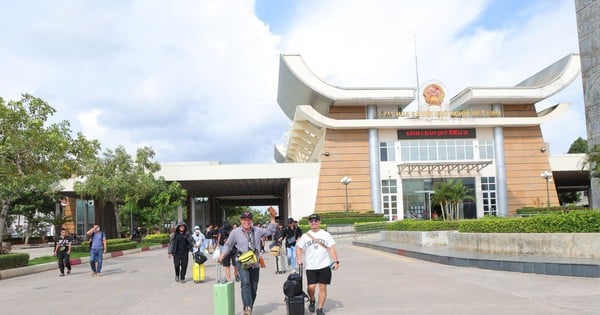









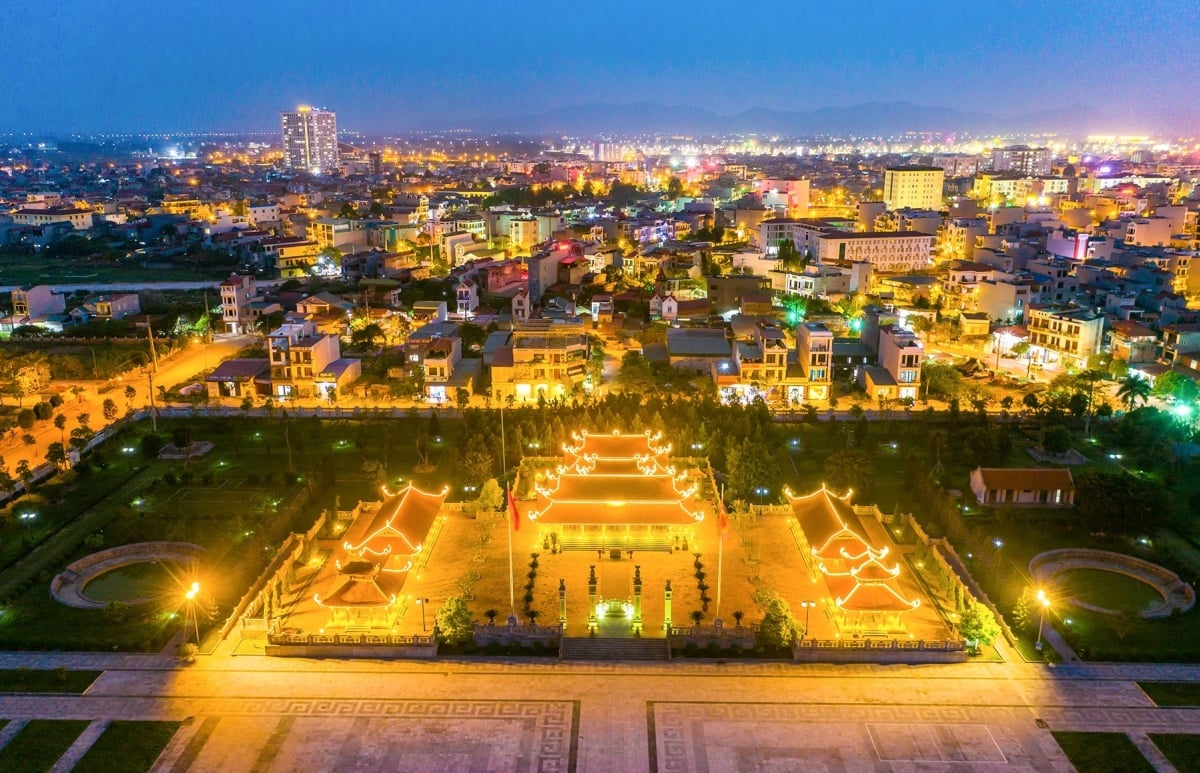
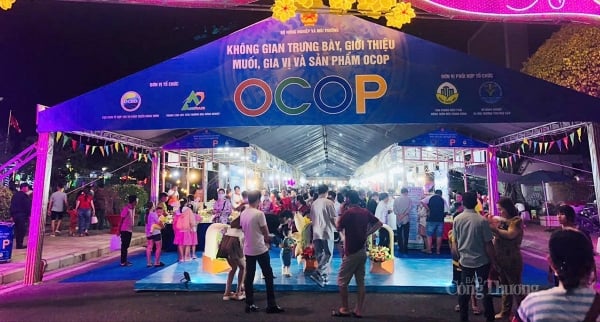





Comment (0)